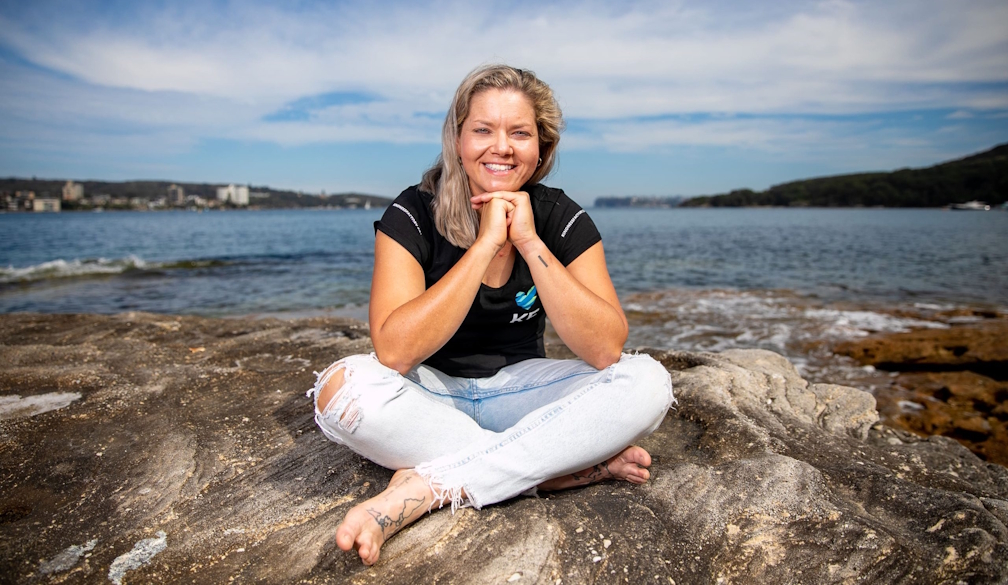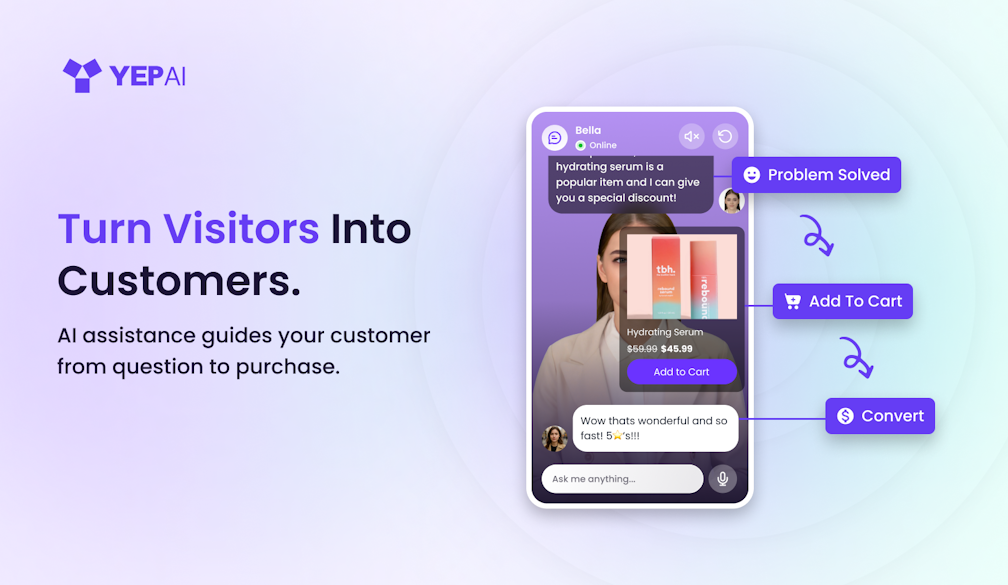Chief Keef changed the music industry – and it's time he gets the credit he deserves
- Written by Jabari Evans, Assistant Professor of Race and Media, University of South Carolina

Before he was arrested in December 2011, Chief Keef was a 16-year-old budding rap star. He’d released a song, “Bang[1],” which had more than 400,000 views on YouTube, along with a mixtape that he’d recorded in a friend’s bedroom. He also had a dedicated Twitter following among Chicago high school students.
The track displayed a rawness unlike anything else that was released at the time, and you couldn’t stroll down the streets of Chicago’s South Side without hearing Bang’s lyrics pulsing from the stereos of cars rolling by:
Choppers gettin' let off
Now, they don't want no war
30 clips and them .45's, gotta go back to the sto'
And that Kush gettin' smoked, gotta go back to the sto'
Cock back 'cause there's trouble, my mans gon' blow
Yet he was almost completely unknown outside of Chicago. His Facebook profile had less than 2,000 followers, he claimed his occupation was “smokin’ dope” and he still lived with his grandmother.
Nevertheless, the verses written and hastily disseminated on social media by Chief Keef and his peers were fast becoming a unique sort of news ticker[2] for low-income communities of color in Chicago, detailing the turf wars, rivalries and hassles of everyday life as a Black kid growing up in the city.
The songs became known as drill music[3], a genre characterized by its dark synths, booming 808 drums, seemingly off-beat, mumbled verses and war-cry choral chants. Its vanguards – artists like Chief Keef, King Louie, G Herbo and Lil Durk – emerged as local heroes by staying tethered to the blocks and neighborhoods they rapped about on SoundCloud and YouTube. Eventually, the national press caught on. The coverage was often less than flattering.
At the time, I was entrenched in my own hip-hop music career, rapping under the moniker Naledge in the duo Kidz in the Hall[4]. As I was touring the country, I noticed that everyone from back home in Chicago was asking me if I’d heard of this kid Keef who was from Washington Park.
I knew that if a 16-year-old kid had the city buzzing, it would only be a matter of time before he was famous. What I didn’t know is that five years later, the drill subculture would be the subject of my field work as a doctoral student at Northwestern[5] and that it would inspire me to write about the ways in which the city’s Black youth dealt with cultural, racial, economic and political oppression through inventive media production[6].
I started to argue, to anyone that would listen, that drill music was more than shock value or a new spin on gangsta rap. The scene planted the seeds for hip-hop’s ascendancy in music’s digital economy.
Drill goes viral
When Chief Keef’s house arrest ended, on Jan. 2, 2012, WorldStarHipHop posted a video[7] of a young child in a hysterical fit of excitement, bounding around a room and rapping along to “Bang.”
The video of the boy went viral in the hip-hop community, and curious viewers furiously searched YouTube for more Chief Keef content.
Later that year, Chief Keef cemented his national reputation with the commercial success of his song “I Don’t Like[9].” As the lead single for Chief Keef’s debut album, “Finally Rich,” “I Don’t Like” charted on the Billboard Hot 100[10], accumulated tens of millions of listens online and helped drill break into the nation’s musical mainstream.
Within months of the song’s release, drill was seemingly everywhere. Hip-hop icons like Kanye West[11] and Drake[12] began co-signing drill rappers, while record labels instigated bidding wars over the South Side of Chicago’s budding rap talent.
At the time, drill music was still one of the only music scenes to exist almost exclusively on YouTube and free streaming sites like SoundCloud and DatPiff.com – a form of DIY distribution that circumvented the traditional gatekeepers of the rap music industry. Songs were churned out via singles, curated playlists, snippets and low-budget music videos that could be edited and released instantly by artists direct to their audiences via social media.
The most popular YouTube videos for drill songs were often shot in low-income apartments[13] or on street corners[14], with the local crews standing behind the artist performing[15], pointing weapons at the camera[16] and rapping about the recent events of ongoing street wars.
Initially, many journalists and researchers focused almost exclusively on how youth in the drill scene used their songs to perform “internet banging[17],” or threatening rival gang members and planning crimes over social media.
FBG Duck’s music video for ‘Exposing Me’ featuring Rooga directed threats at the O-Block street gang.Media outlets like the Chicago Tribune, the Chicago Sun Times, Noisey[18], Pitchfork[19], Spin[20], The New York Times[21] and WorldStar Hip Hop extensively covered the rise of Chief Keef and the drill scene, pointing to the violence inspired by the lyrics and the gang affiliations of the artists[22] as the source of their viral appeal.
Police not only started monitoring[23] the social media accounts of drill rappers, but also effectively banned Chief Keef from performing in his hometown[24] by encouraging venues not to book drill rappers and telling promoters that they’d shut down drill shows.
The drill scene did incite violence. For example, in August 2020, drill rapper FBG Duck was murdered in the upscale Gold Coast neighborhood a year-and-a-half after threatening the O-Block street gang in a music video[25]. In October 2021, the U.S. Attorney’s office for Northern Illinois indicted five members of the O-Block street gang for the murder, pointing out that the gang has “publicly claimed responsibility for acts of violence in Chicago” and “used social media and music[26] to increase their criminal enterprise.”
[Get the best of The Conversation, every weekend. Sign up for our weekly newsletter[27].]
Rethinking the legacy of the drill scene
Though deaths like FBG Duck’s make headlines, my interviews with those affiliated with artists like Chief Keef have shown me that the gang violence associated with drill is hardly the reason these artists found success.
Instead, they wrote a blueprint for artists in hip-hop’s streaming era.
In the decade since Chief Keef became an “internet famous” rapper with the song “Bang,” a lot has changed in the music industry. There’s now no real demarcation[28] between being a famous musician online and one who’s been elevated by the industry’s power brokers. Tekashi 69, Lil Yachty, 21 Savage, Juice WRLD and Lil Uzi Vert are just a few of the artists that built on the swagger, style, aesthetic and internet distribution model pioneered by Chief Keef.
Chief Keef was among the first to broadcast everyday life in Chicago’s gang territories to the world. His “stream of consciousness[29]” style – saturating his YouTube channel videos of himself hanging out with his friends, meeting up with female fans, smoking marijuana and recording songs in his home studio – was a window into everyday life that’s been emulated by pretty much every pop star since.
Moreover, his willingness to give away music for free also paved the way for the “SoundCloud era[31],” in which artists like Chance the Rapper, Lil Pump and Doja Cat gained huge followings not through record deals, but through releasing tracks on SoundCloud.
Chief Keef’s unique slang and mumbled, melodic rapping style have also sparked drill youth movements in places as far away as Australia[32], London[33] and Ghana[34].
Yes, Chief Keef’s story is out-of-the-ordinary: Getting in a shootout with police at the age of 15 and filming videos while on house arrest aren’t exactly common adolescent experiences. But his ability to present that story to the world and brand his style within a larger movement speaks to his genius.
In my forthcoming book project, I nod to the drill subculture that he spearheaded as reflecting the potential of Chicago’s Black youth. Denied full access to resources that might have helped them overcome their trauma and avoid gang lifestyles, Chief Keef and his peers used social media to persevere and make careers for themselves in music.
A lot that could be gained by not overlooking the creativity and ingenuity of teens and young adults like Chief Keef. He’s a perfect example of the ways in which young Black kids are unintentionally innovating within social media while simply navigating violence and poverty.
What if the violence that accompanied his work were seen as a bug, not a feature? How might his creative output been harnessed to bolster – rather than vilify – the impoverished communities he rapped about?
References
- ^ Bang (www.youtube.com)
- ^ a unique sort of news ticker (theconversation.com)
- ^ drill music (www.bbc.com)
- ^ Kidz in the Hall (www.billboard.com)
- ^ as a doctoral student at Northwestern (chicagoreader.com)
- ^ media production (spir.aoir.org)
- ^ posted a video (worldstarhiphop.com)
- ^ WorldStarHipHop (worldstarhiphop.com)
- ^ I Don’t Like (www.youtube.com)
- ^ charted on the Billboard Hot 100 (www.billboard.com)
- ^ Kanye West (www.mtv.com)
- ^ Drake (audibletreats.com)
- ^ in low-income apartments (www.youtube.com)
- ^ on street corners (www.youtube.com)
- ^ with the local crews standing behind the artist performing (www.youtube.com)
- ^ pointing weapons at the camera (www.youtube.com)
- ^ internet banging (doi.org)
- ^ Noisey (youtu.be)
- ^ Pitchfork (pitchfork.com)
- ^ Spin (www.spin.com)
- ^ The New York Times (www.nytimes.com)
- ^ the violence inspired by the lyrics and the gang affiliations of the artists (www.wired.com)
- ^ started monitoring (www.chicagotribune.com)
- ^ effectively banned Chief Keef from performing in his hometown (www.nytimes.com)
- ^ in a music video (youtu.be)
- ^ used social media and music (www.nbcnews.com)
- ^ Sign up for our weekly newsletter (theconversation.com)
- ^ There’s now no real demarcation (www.rollingstone.com)
- ^ stream of consciousness (youtu.be)
- ^ DGainz/YouTube (www.youtube.com)
- ^ SoundCloud era (pitchfork.com)
- ^ Australia (www.youtube.com)
- ^ London (www.bbc.com)
- ^ Ghana (www.complex.com)
















